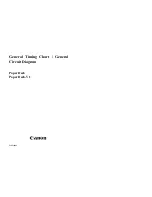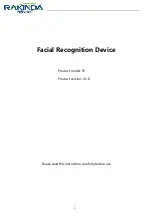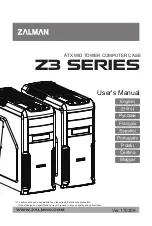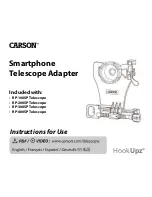FXTH870xD
Sensors
78
Freescale Semiconductor, Inc.
Figure 55. CPWM Period and Pulse Width (ELSnA = 0)
Center-aligned PWM outputs typically produce less noise than edge-aligned PWMs because fewer I/O pin transitions are lined
up at the same system clock edge. This type of PWM is also required for some types of motor drives.
Because the HCS08 is a family of 8-bit MCUs, the settings in the timer channel registers are buffered to ensure coherent 16-bit
updates and to avoid unexpected PWM pulse widths. Writes to any of the registers, TPM1MODH, TPM1MODL, TPM1CnVH, and
TPM1CnVL, actually write to buffer registers. Values are transferred to the corresponding timer channel registers only after both
8-bit bytes of a 16-bit register have been written and the timer counter overflows (reverses direction from up-counting to down-
counting at the end of the terminal count in the modulus register). This TPM1CNT overflow requirement only applies to PWM
channels, not output compares.
Optionally, when TPM1CNTH:TPM1CNTL = TPM1MODH:TPM1MODL, the TPM1 can generate a TOF interrupt at the end of
this count. The user can choose to reload any number of the PWM buffers, and they will all update simultaneously at the start of
a new period.
Writing to TPM1SC cancels any values written to TPM1MODH and/or TPM1MODL and resets the coherency mechanism for the
modulo registers. Writing to TPM1C0SC cancels any values written to the channel value registers and resets the coherency
mechanism for TPM1C0VH:TPM1C0VL.
9.6
TPM1 Interrupts
The TPM1 generates an optional interrupt for the main counter overflow and an interrupt for each channel. The meaning of
channel interrupts depends on the mode of operation for each channel. If the channel is configured for input capture, the interrupt
flag is set each time the selected input capture edge is recognized. If the channel is configured for output compare or PWM
modes, the interrupt flag is set each time the main timer counter matches the value in the 16-bit channel value register. See
for absolute interrupt vector addresses, priority, and local interrupt mask control bits.
For each interrupt source in the TPM1, a flag bit is set on recognition of the interrupt condition such as timer overflow, channel
input capture, or output compare events. This flag may be read (polled) by software to verify that the action has occurred, or an
associated enable bit (TOIE or CHnIE) can be set to enable hardware interrupt generation. While the interrupt enable bit is set,
a static interrupt will be generated whenever the associated interrupt flag equals 1. It is the responsibility of user software to
perform a sequence of steps to clear the interrupt flag before returning from the interrupt service routine.
9.6.1
Clearing Timer Interrupt Flags
TPM1 interrupt flags are cleared by a two-step process that includes a read of the flag bit while it is set (1) followed by a write of
0 to the bit. If a new event is detected between these two steps, the sequence is reset and the interrupt flag remains set after the
second step to avoid the possibility of missing the new event.
9.6.2
Timer Overflow Interrupt Description
The conditions that cause TOF to become set depend on the counting mode (up or up/down). In up-counting mode, the 16-bit
timer counter counts from 0x0000 through 0xFFFF and overflows to 0x0000 on the next counting clock. TOF becomes set at the
transition from 0xFFFF to 0x0000. When a modulus limit is set, TOF becomes set at the transition from the value set in the
modulus register to 0x0000. When the counter is operating in up-/down-counting mode, the TOF flag gets set as the counter
changes direction at the transition from the value set in the modulus register and the next lower count value. This corresponds
to the end of a PWM period. (The 0x0000 count value corresponds to the center of a period.)
PERIOD 2x
PULSE WIDTH
COUNT =
COUNT = 0
OUTPUT
COMPARE
(COUNT UP)
OUTPUT
COMPARE
(COUNT DOWN)
COUNT =
TPMMODH:TPMMODL
TPMMODH:TPMMODL
TPMMODH:TPMMODL
TPM1CHn
2x
Summary of Contents for FXTH870 D Series
Page 86: ...FXTH870xD Sensors 84 Freescale Semiconductor Inc Figure 57 Data Flow For Measurements...
Page 171: ...FXTH870xD Sensors Freescale Semiconductor Inc 169 Figure 128 QFN Case Outline...
Page 172: ...FXTH870xD Sensors 170 Freescale Semiconductor Inc Figure 129 QFN Case Outline...
Page 173: ...FXTH870xD Sensors Freescale Semiconductor Inc 171...


















